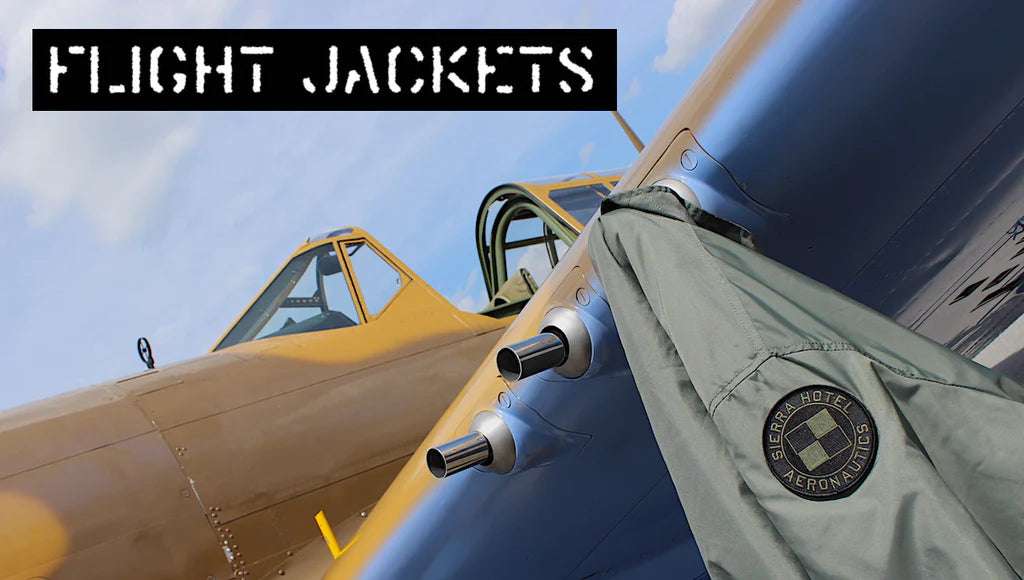Yeager's NF-104 Crash




Passing through 70,000 feet in altitude and climbing over twice the speed of sound, Yeager was advised by ground control that his climb profile was a little shallow. To correct, Yeager applied the reaction control system to get back on the climb profile. Neither the RCS nor the flight controls would respond to Yeager's inputs…and the Starfighter, now on a ballistic path, entered a violent spin.

As the Starfighter tumbled towards the surface, Yeager pulled the ejection handle and left the out-of-control rocket plane as it twisted and rolled along all its axes.
The F-104 slammed into the desert floor, with Yeager landing nearby. He was still intact but unfortunately burned after his parachute deployed. Yeager had been inadvertently struck in the face by the base of his ejection seat, breaking his helmet’s visor and allowing burning residue from the rocket to enter the pure O2 environment inside his helmet. This sequence of events actually ignited a flame inside his visor, causing Yeager to suffer multiple burns to his face and hands. Moments after touching down under his canopy, a helicopter and flight surgeon arrived, and thankfully, Yeager survived to fly another day...
Although Yeager survived, the program did not, and many blamed Yeager for asking the aircraft to do things it was never meant to do that day. Amid accusations of improper checklists and aircraft procedures, contrary to Yeager's claims that the NF-104 was not fit for flight, other test pilots, like Apollo astronaut Frank Borman, directly blamed Yeager for the crash.













Either way those guys had some big cahones
And so the widowmaker was born…
Altough I am a great admirer of Chuck Yeager he flourished on attention by putting other pilots in trouble, he let Neil Armstrong land on a lake with a thin hard crust resulting in their jet breakin through the crust and the undercarraige sinking in the mud, Not a team player maybe that was why he never made it to space program
Three things went awry. One, being too shallow on his climb profile, the correction significantly decreased the horizontal stabilizer’s pitch to nose high attitude, actuated by engine driven hydraulic pump. When the turbine shut down due to overheat above 70,000 Chuck lost his hydraulic pump and the stab was stuck. Two, he either did not get high enough for his peroxide puffers to be effective, the horizontal stab attitude interfered with the puffer input, or the puffers themselves had a malfunction, either way he was not able to pitch the nose of the aircraft down at the top of his arc, this prevented the engine from windmilling to restart. He could not restart the engine. Three, his drag chute was deployed to stabilize the descent and get a nose down windmilling restart, almost worked. The chute had a designed breakaway tension, it was exceeded before effective windmilling could be achieved. Once this last ditch failed, and he was at a safe altitude, Chuck ejected. If I remember correctly the flight was his second for the day. Interesting note, on the same day of this crash the X-20 Dina-soar project was cancelled.
Hey Ben, maybe you’ll get to like the Air Force. Zooming all over the sky and shouting ROGER and WILCO and everything. Maybe it won’t be so bad.
Leave a comment